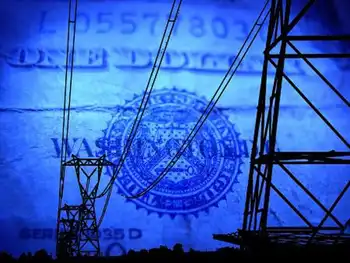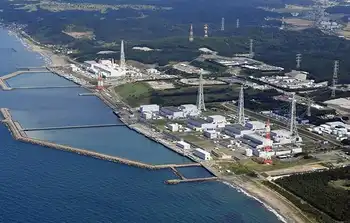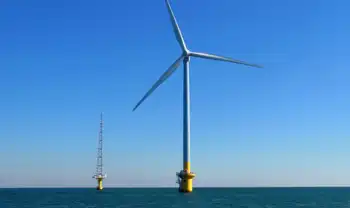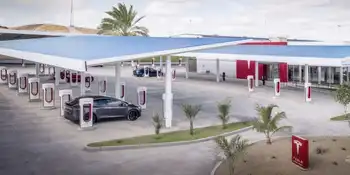Team aims for super charge from solar energy
KITCHENER-WATERLOO, ONTARIO - Solar energy may be free - but converting it to usable power doesn't come cheaply.
Now a team of London-based researchers is using a multimillion-dollar grant to squeeze more juice out of Southwestern Ontario sunshine.
A project spearheaded by engineers at the University of Western Ontario and the University of Waterloo will make it easier and more efficient to convert solar energy to electricity.
They will be working on ways to allow solar-power producers to connect to the electrical grid, contribute to renewable energy and sell their surplus.
The project is funded through a $3-million grant from the Ontario Centre of Excellence, Centre for Energy - the largest amount the centre has ever granted to the UWO engineering department.
Prof. Rajiv Varma, co-head of the project and leader of the 10-member Western team, said the group is expected to develop "benchmark technology."
Their work can "make Ontario a leader in this area of solar farm connection, not just in the country but also at a global level."
Another $3 million will come from other partners, including Hydro One, Bluewater Power and London Hydro.
The team also will work with OptiSolar Farms Canada in Sarnia, working to build what will become Ontario's largest single solar farm, with a capacity of 60 megawatts. That's enough energy to power 9,000 homes.
But converting solar energy into usable power is notoriously costly and space-consuming: OptiSolar's farm needs 1,150 acres of solar panels.
"Basically, the focus of the whole project is looking at ways to connect large amounts of solar to Ontario's electricity grid," said Peter Carrie, president of OptiSolar Farms.
The project is good news for companies like Carrie's and other solar-power producers who will benefit from its research.
And because of the provincial government's Standard Offer Program, solar-power farmers who connect to the grid and produce up to 10 megawatts of solar power will be paid a premium of seven times more per kilowatt than for conventional power production.
That price will be locked in for 20 years, said Varma, as both an incentive and as a way to off-set the high cost of solar panels.
Research focus will include developing efficient technologies to convert solar energy to electricity and producing weather-predicting software to manage climate challenges.
Related News

Duke Energy will spend US$25bn to modernise its US grid
WASHINGTON - The US power group Duke Energy plans to invest US$25bn on grid modernization over the 2017-2026 period, including the implementation of smart grid technologies to cope with the development of renewable energies, along with US$11bn on the expansion of renewable (wind and solar) and gas-fired power generation capacities.
The company will modernize its fleet and expects more than 80% of its power generation mix to come from zero and lower CO2 emitting sources by 2030. Its current strategy focuses on cutting down CO2 emissions by 40% by 2030. Duke Energy will also promote energy efficiency and expects cumulative energy savings - based on…




